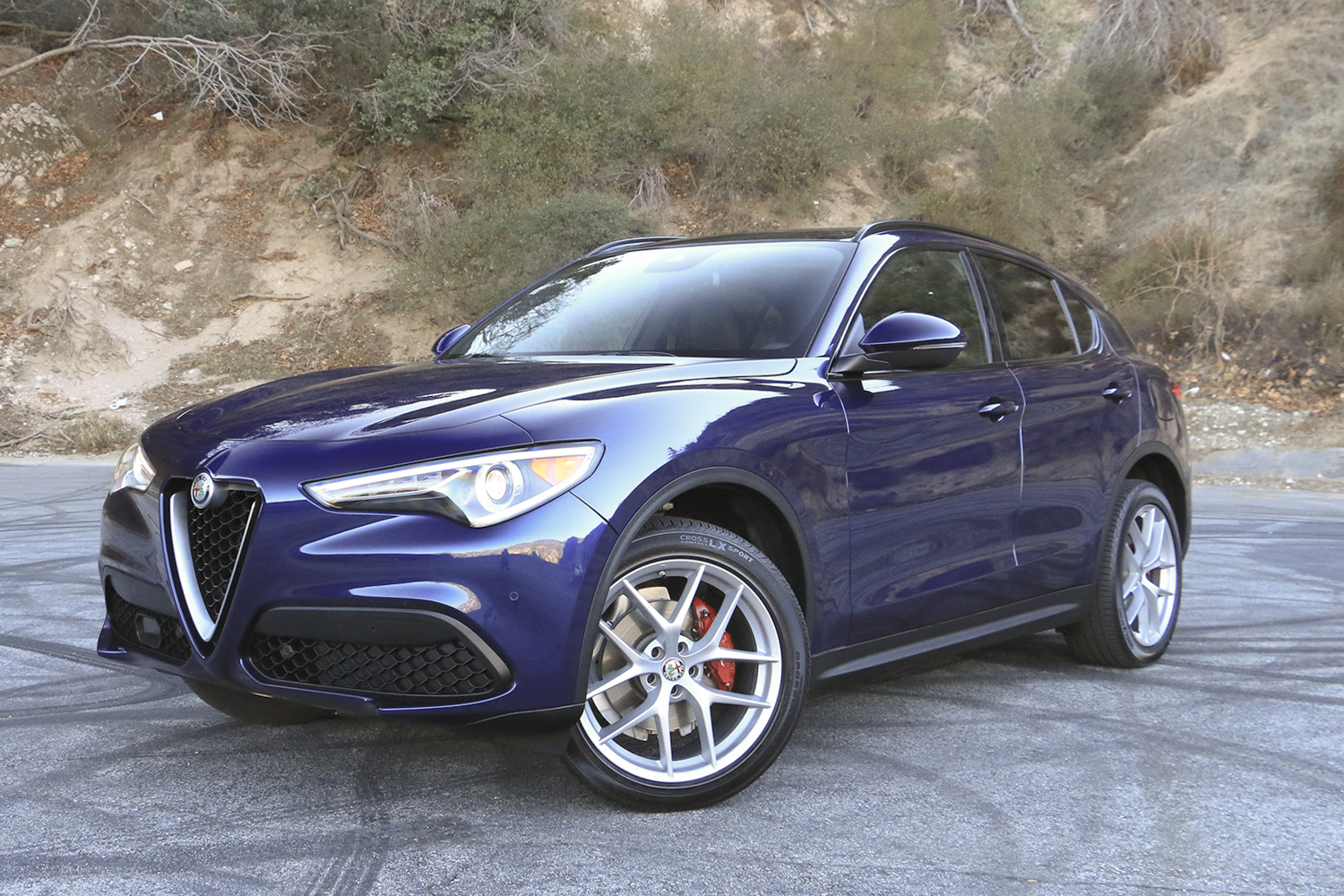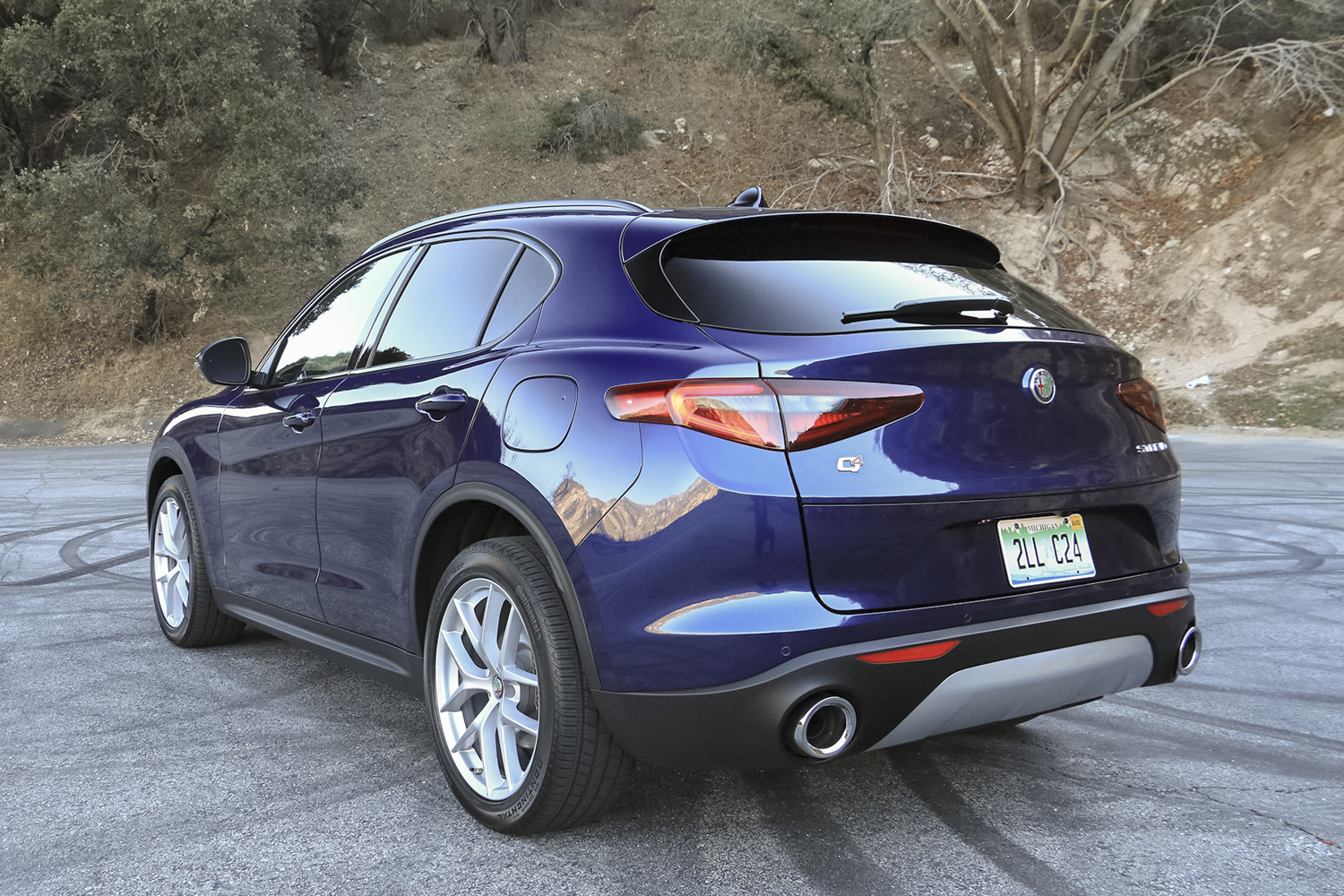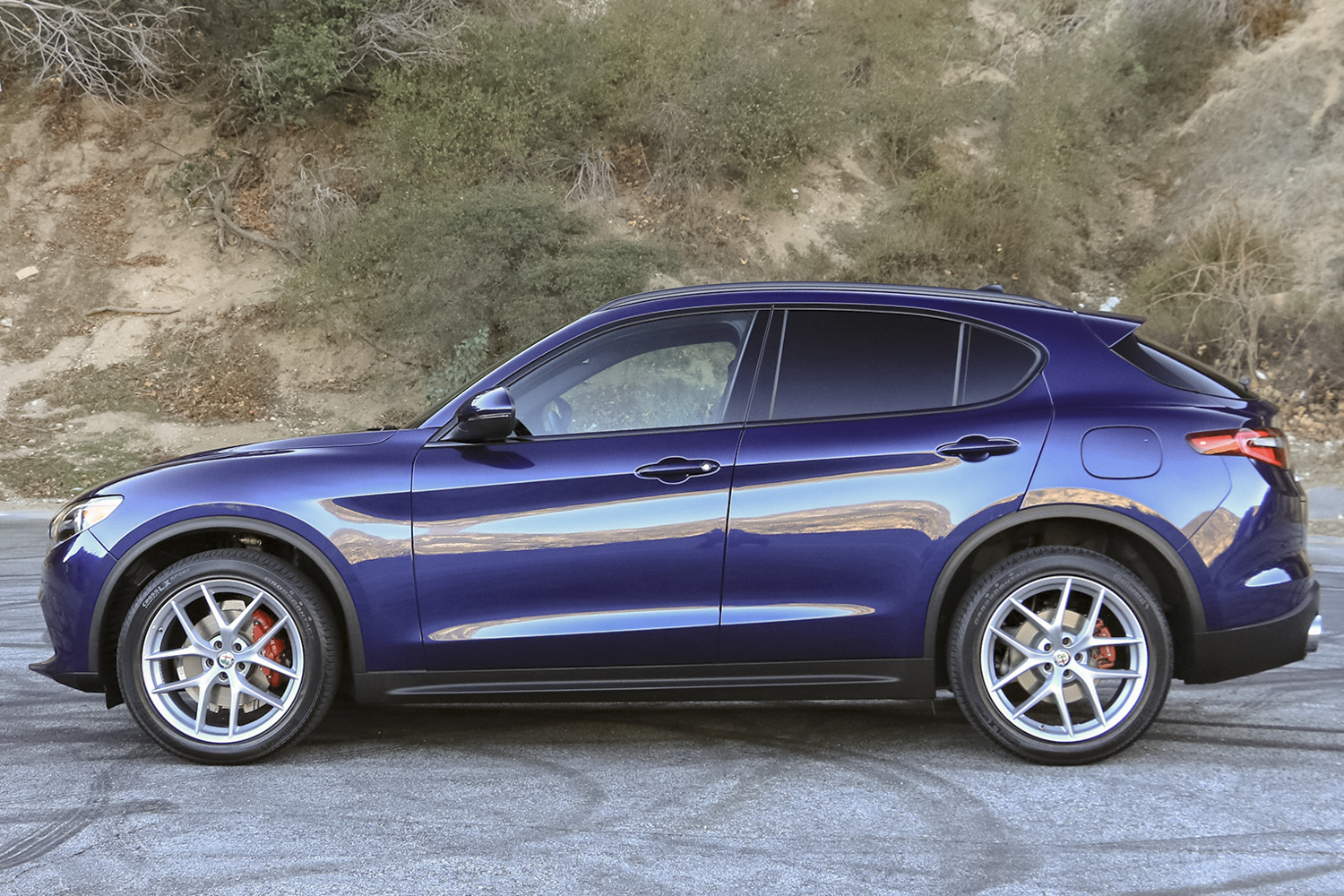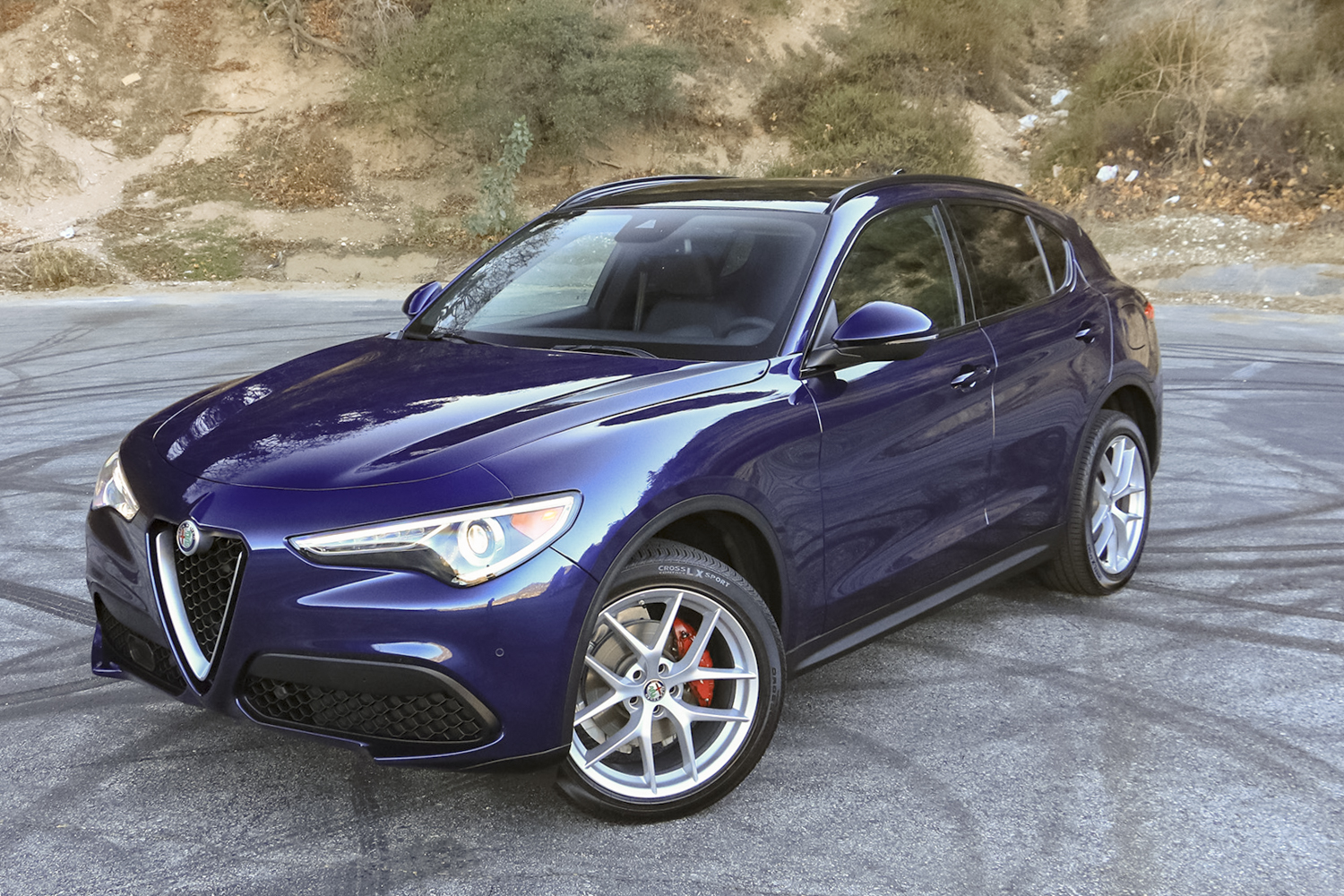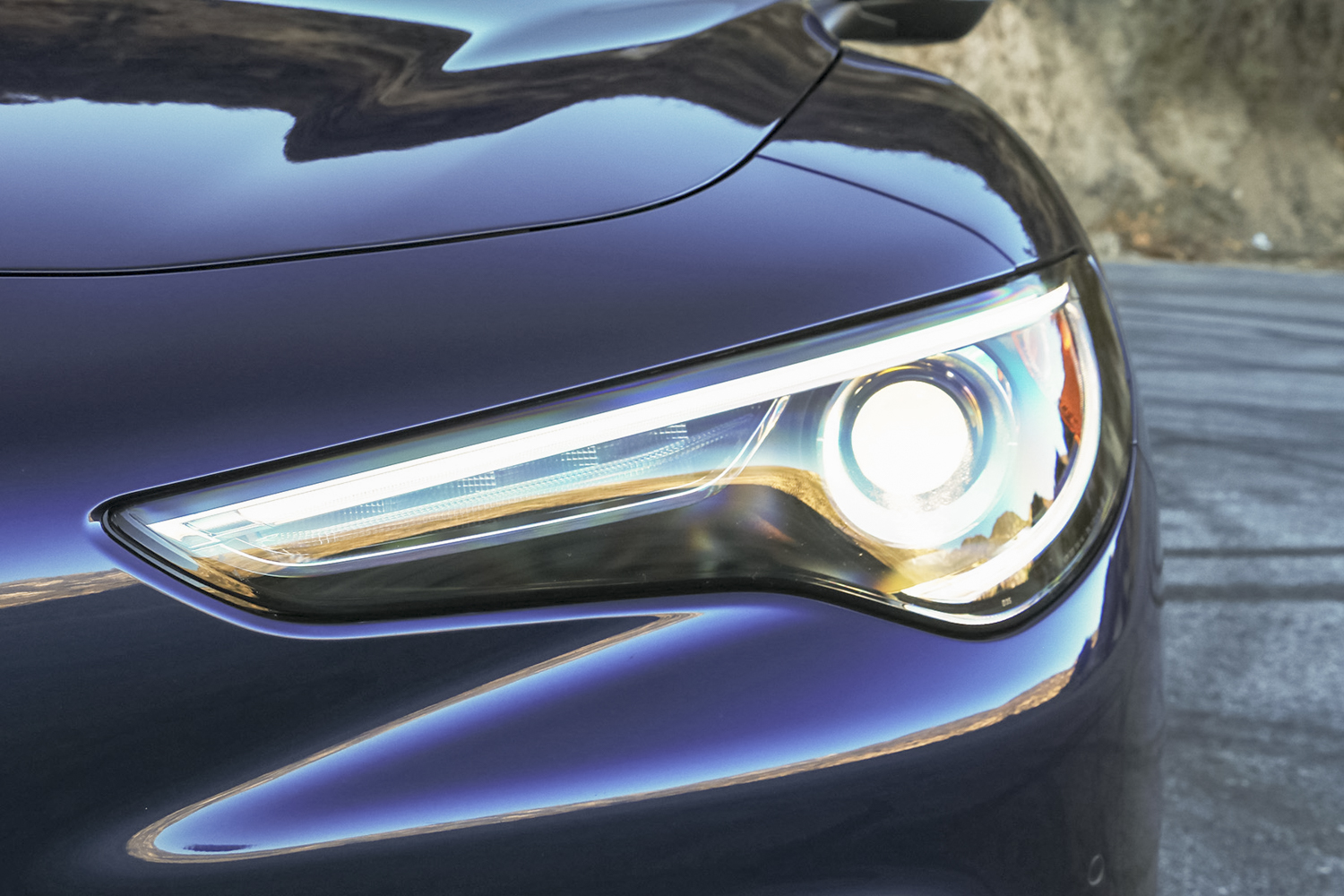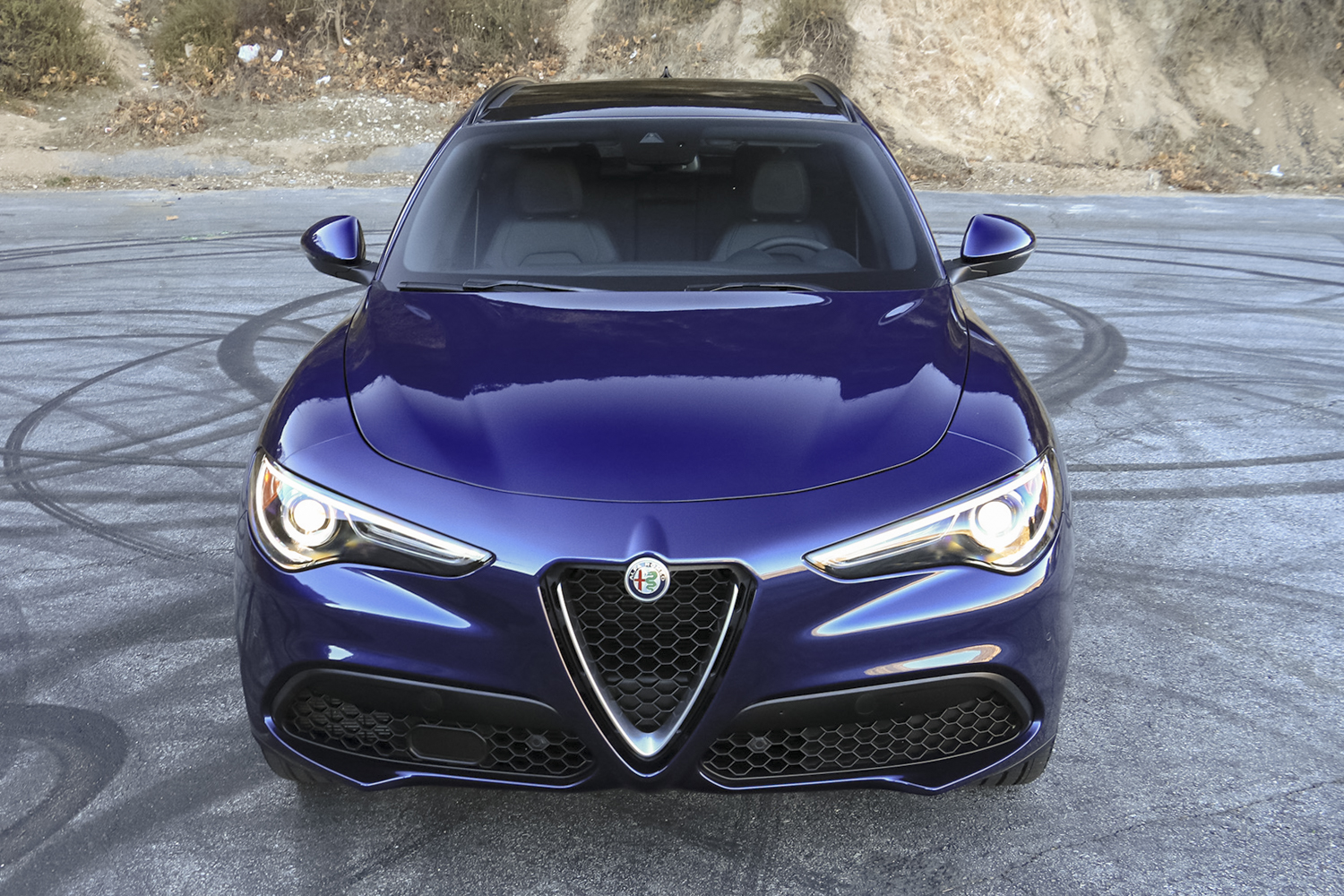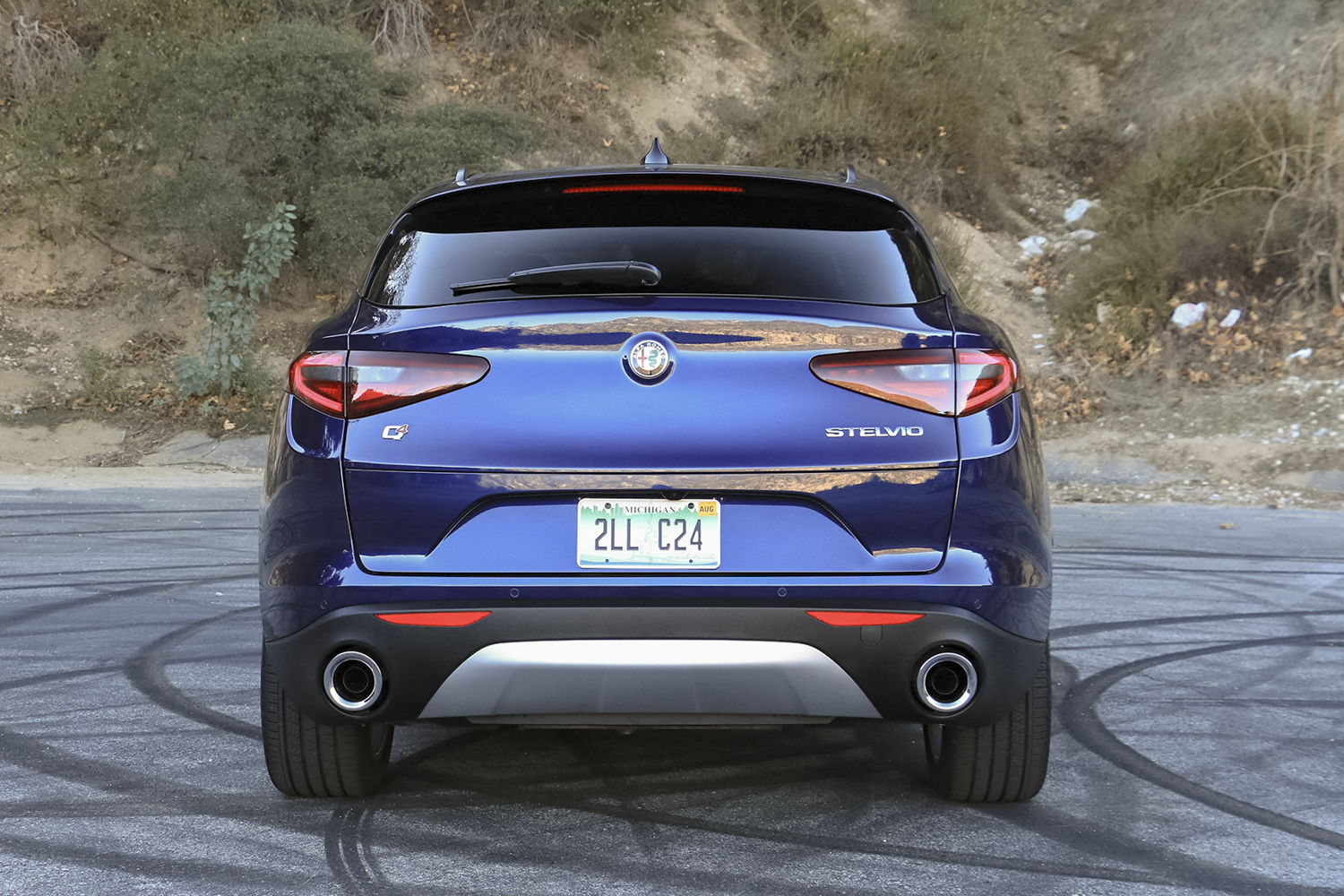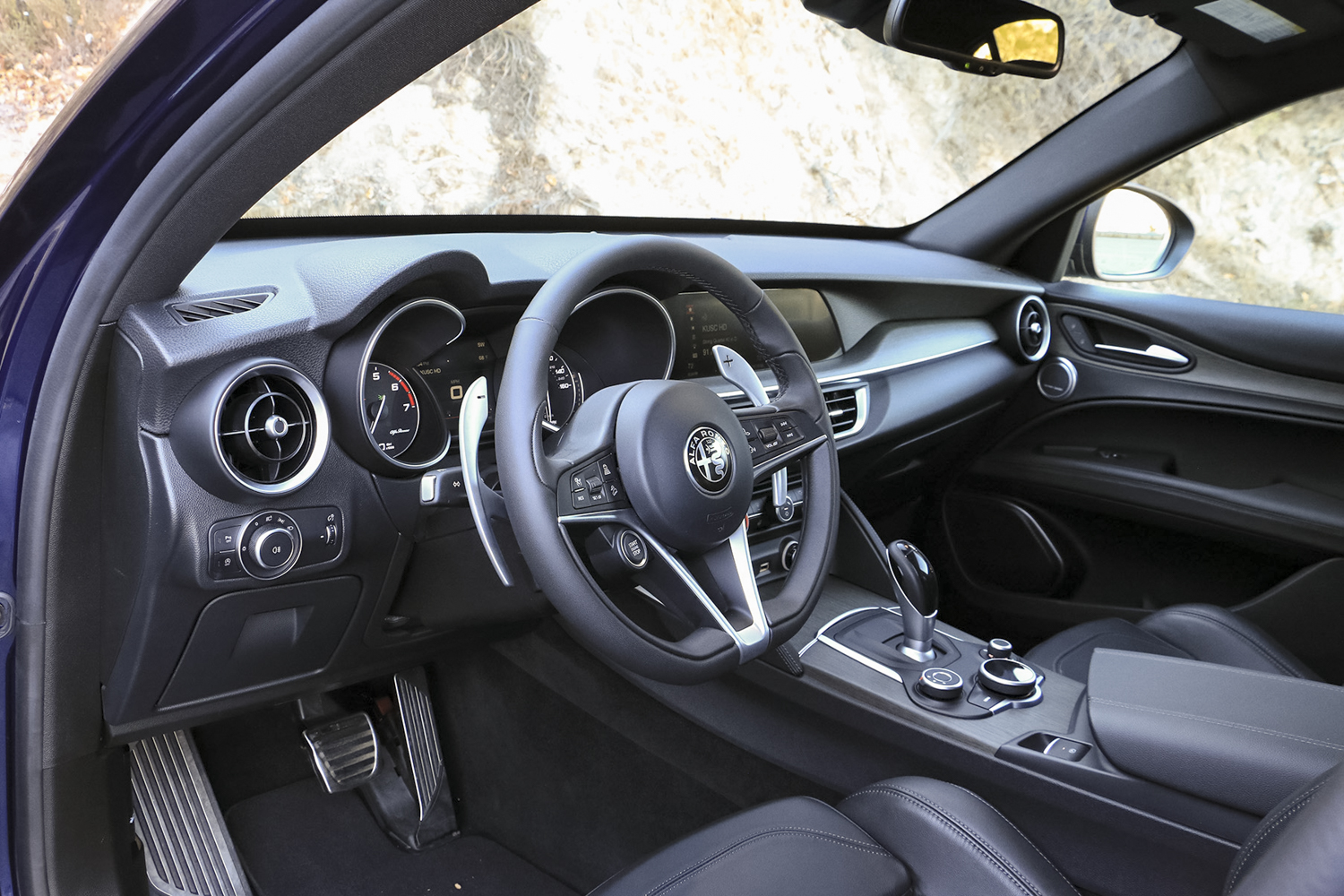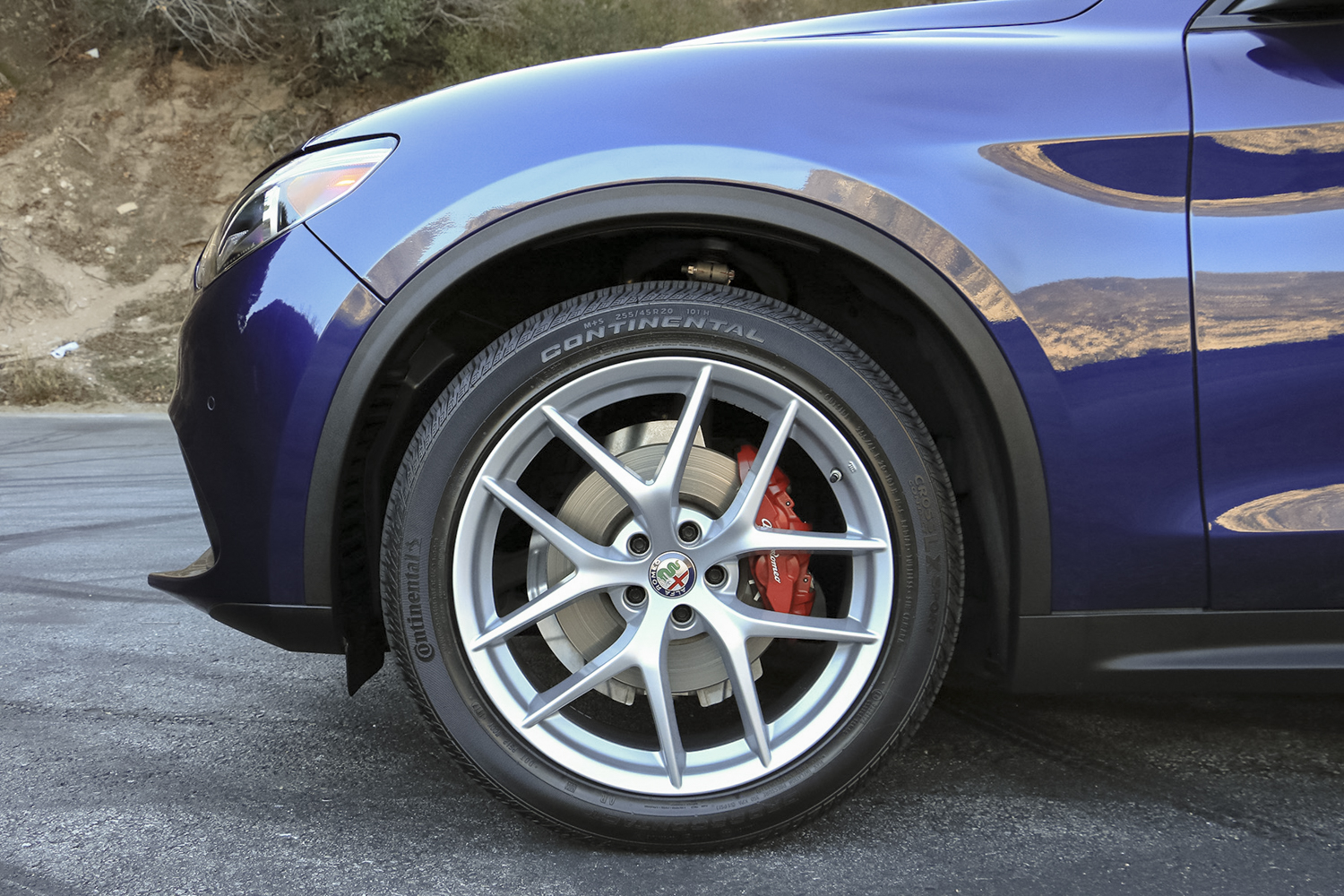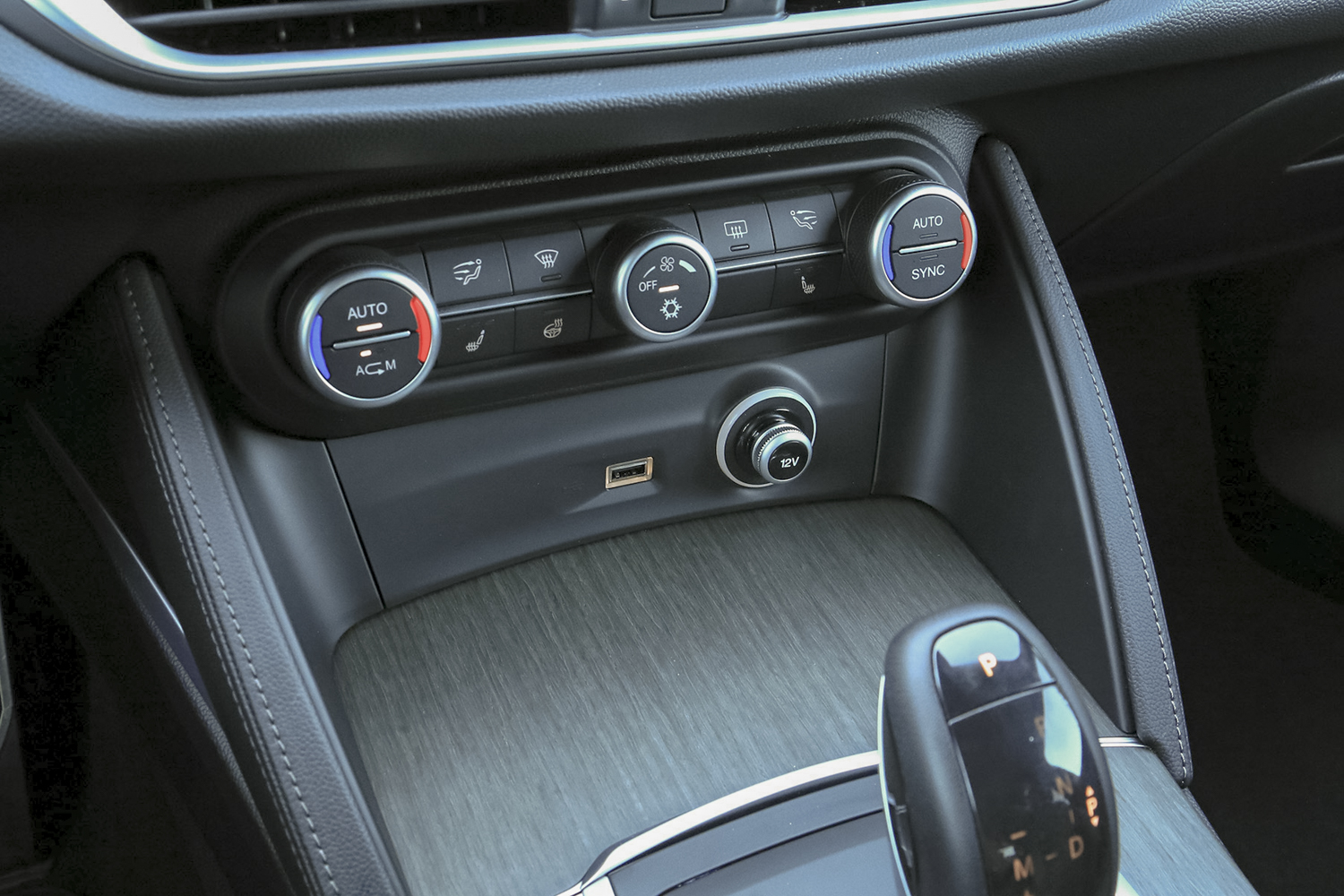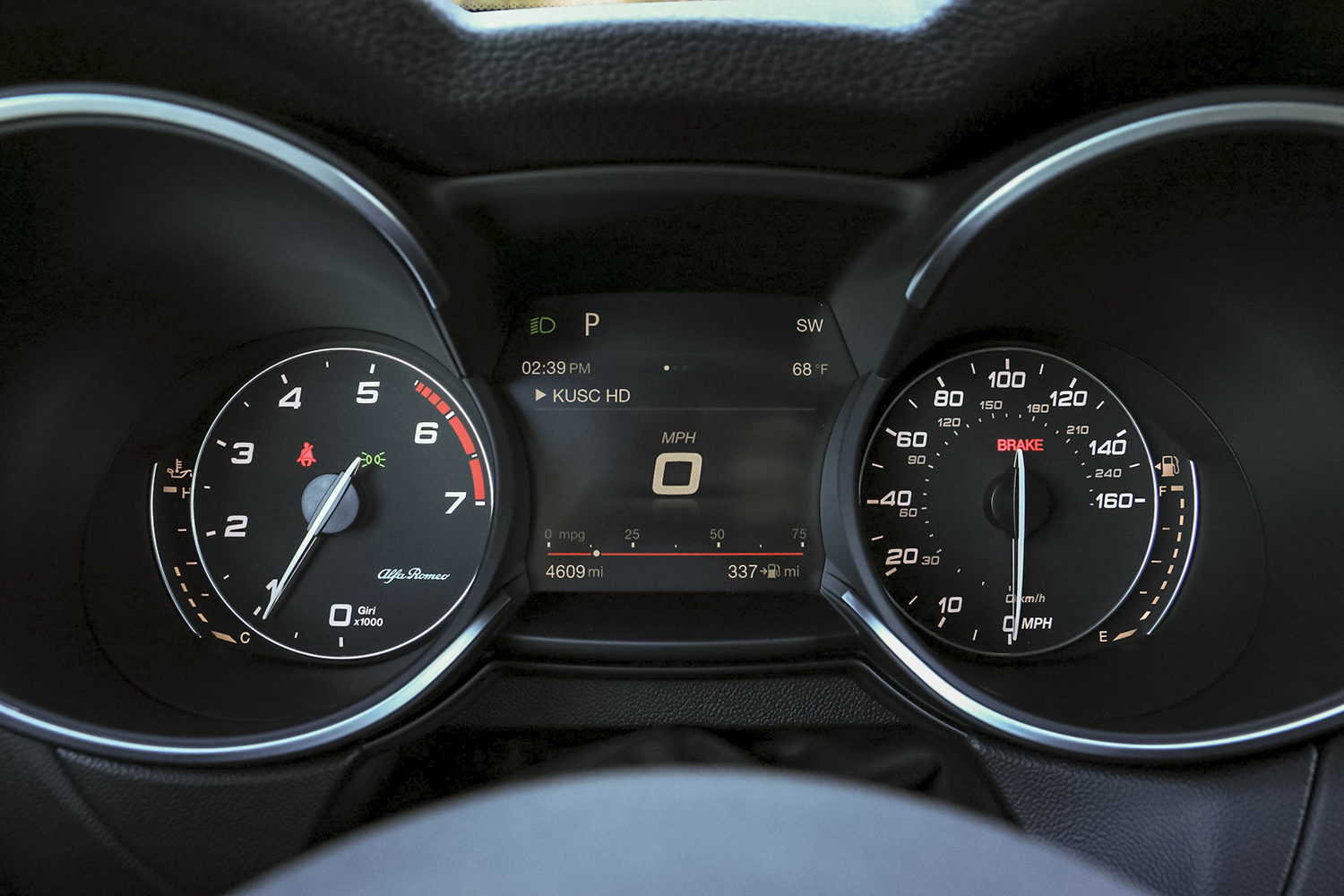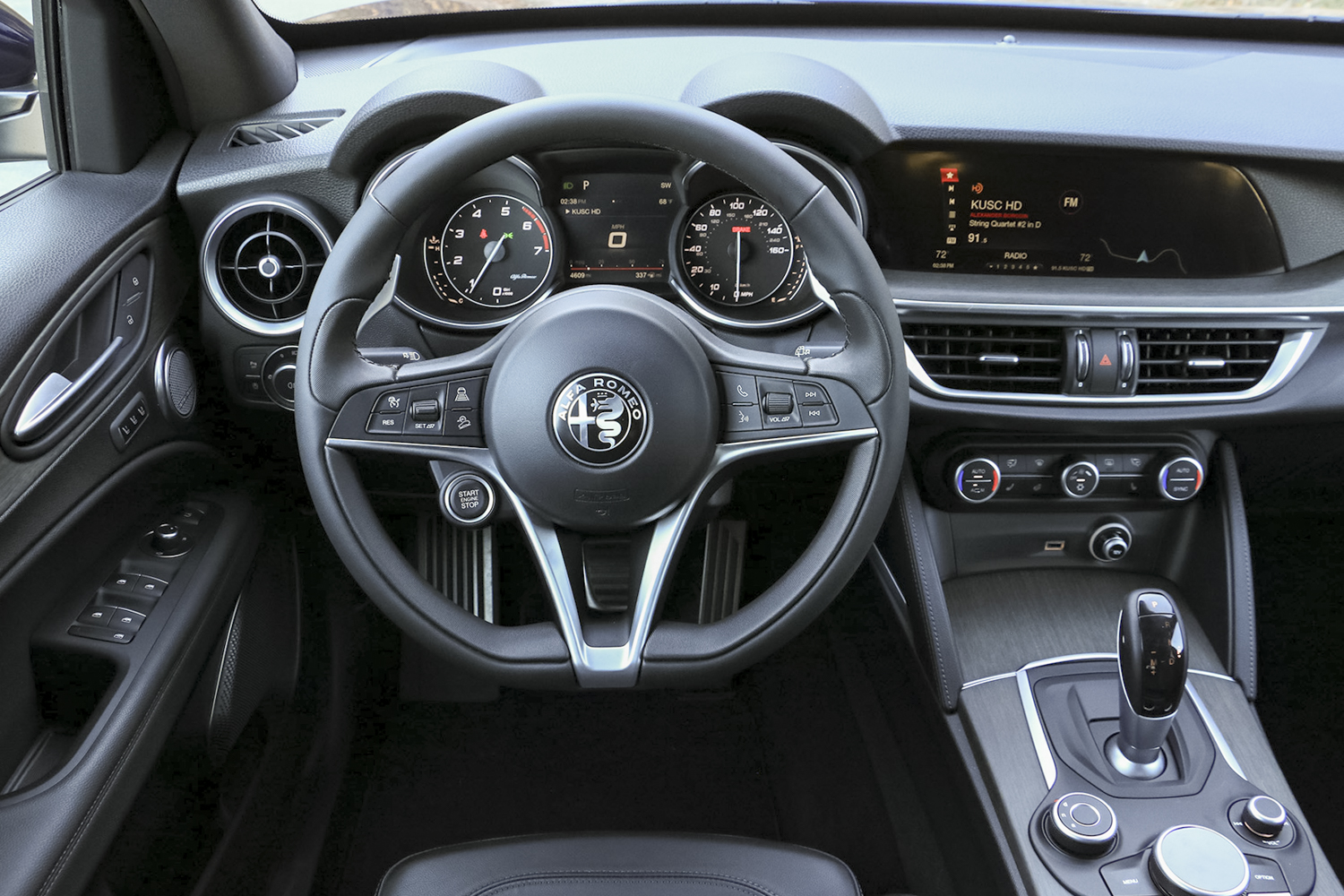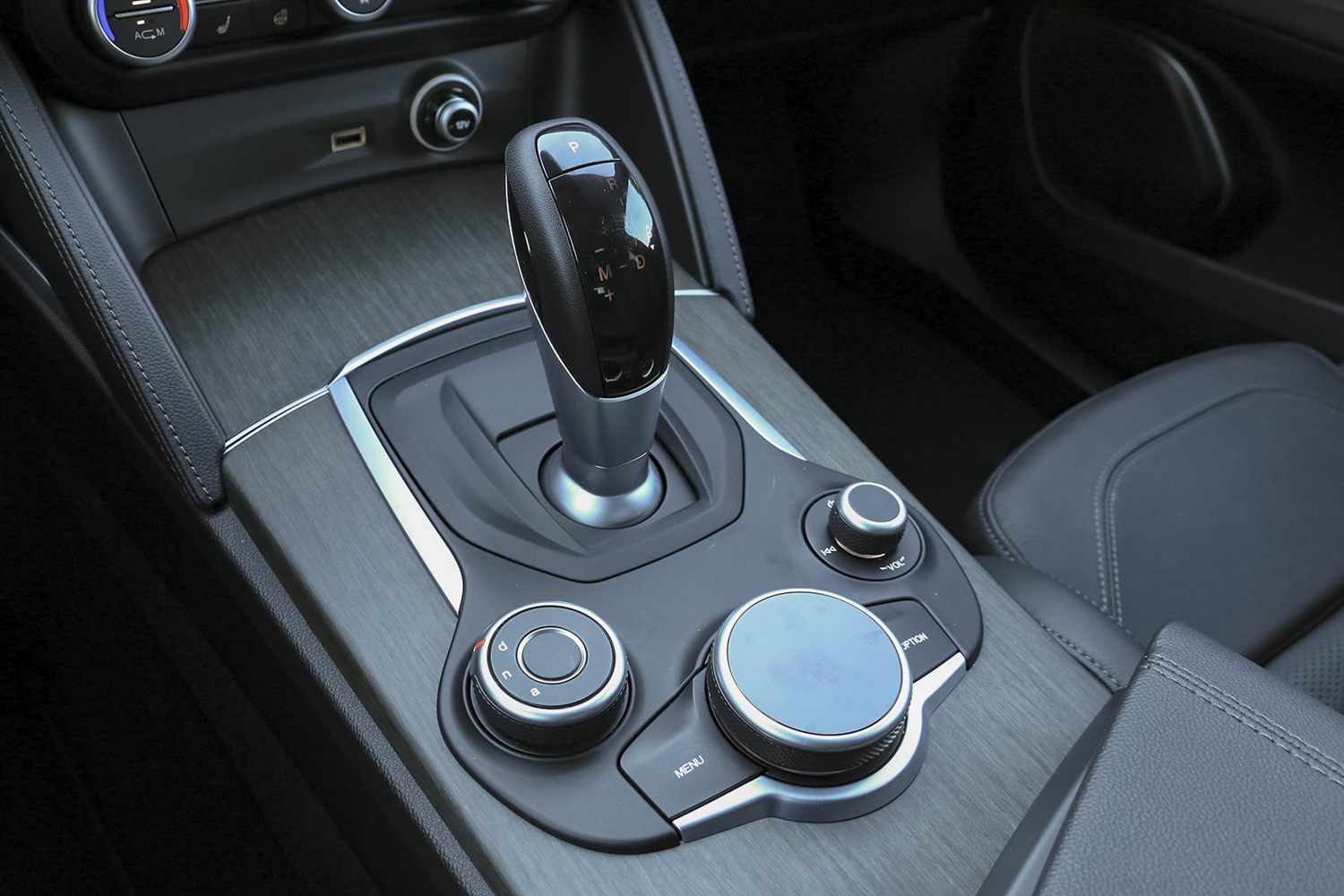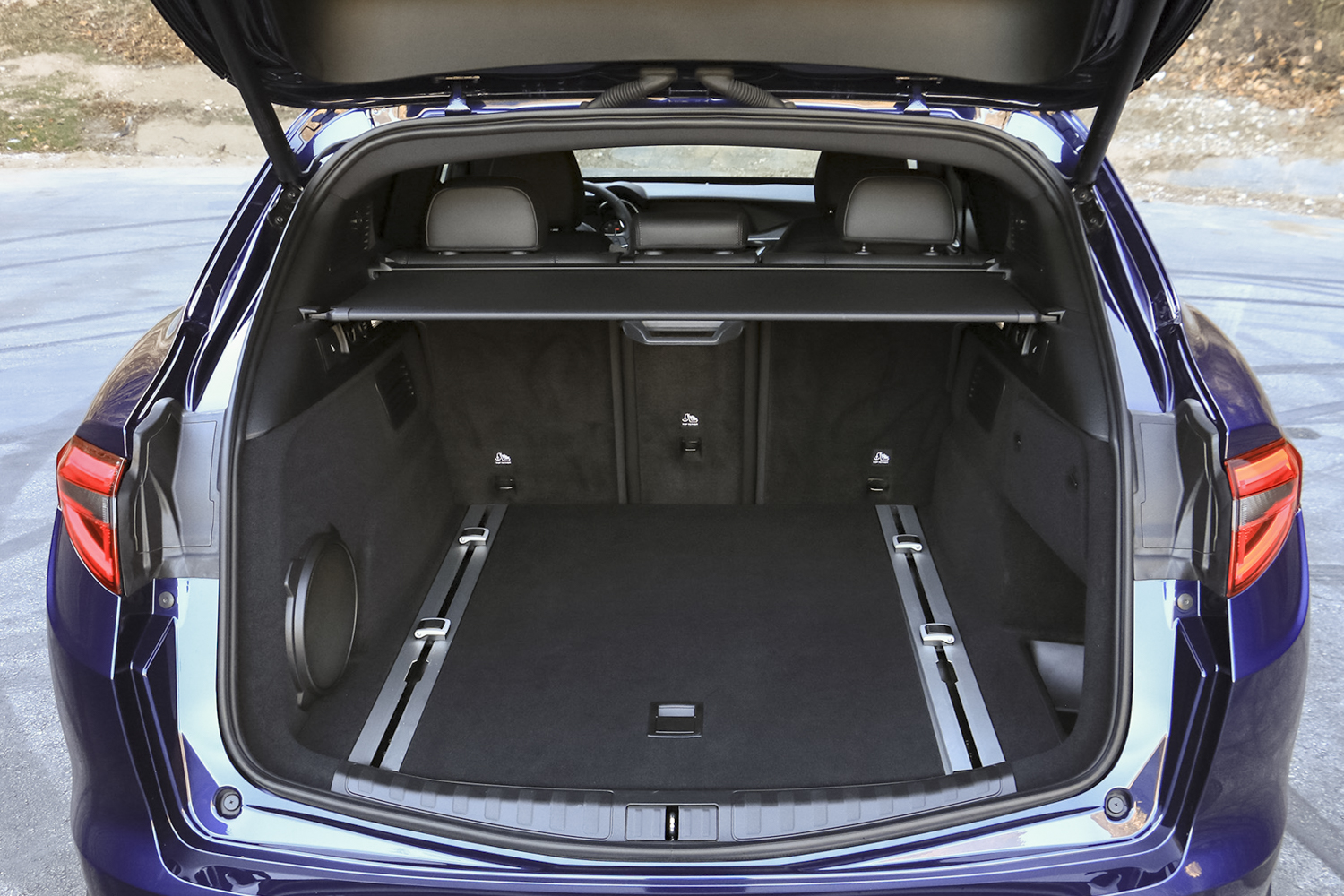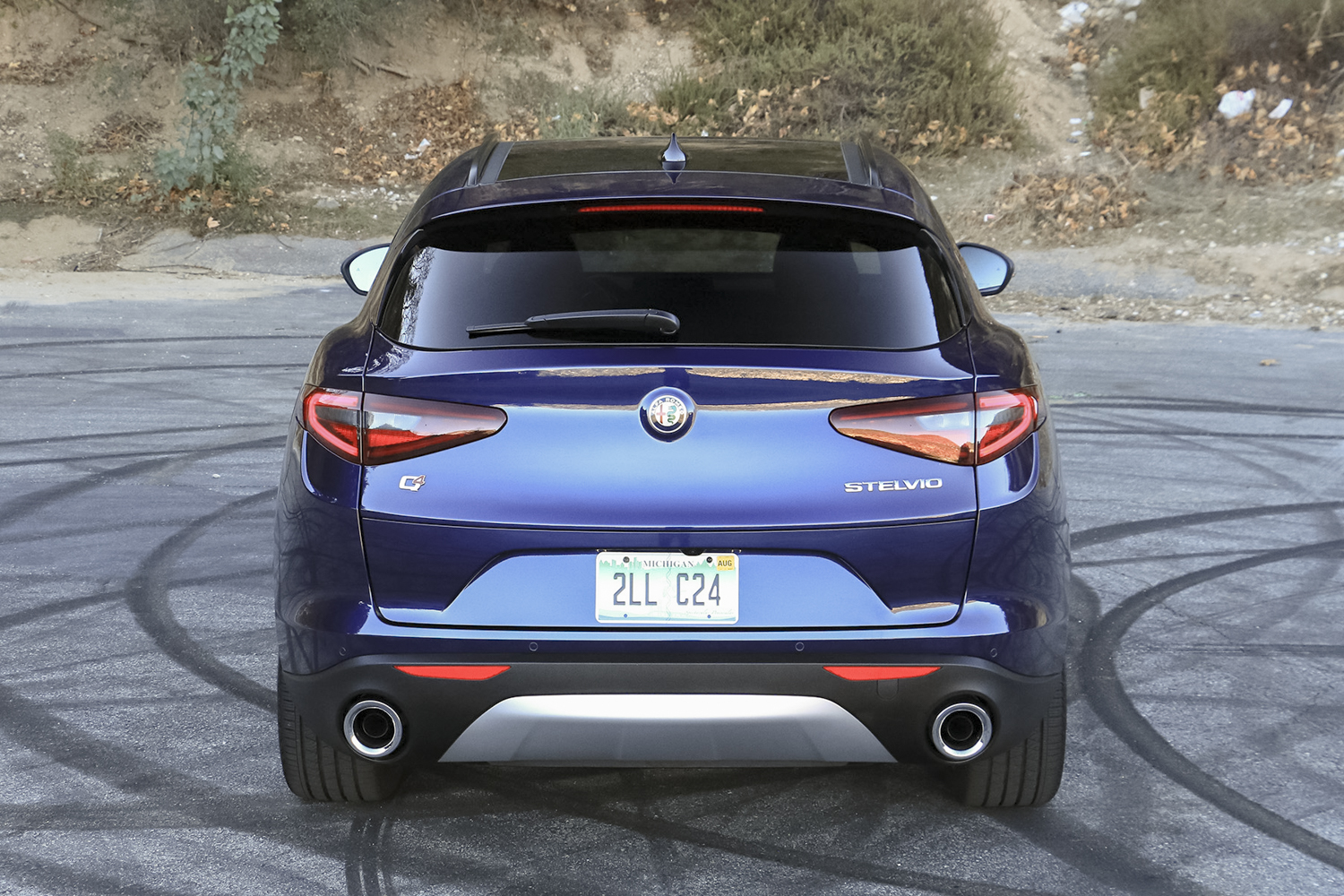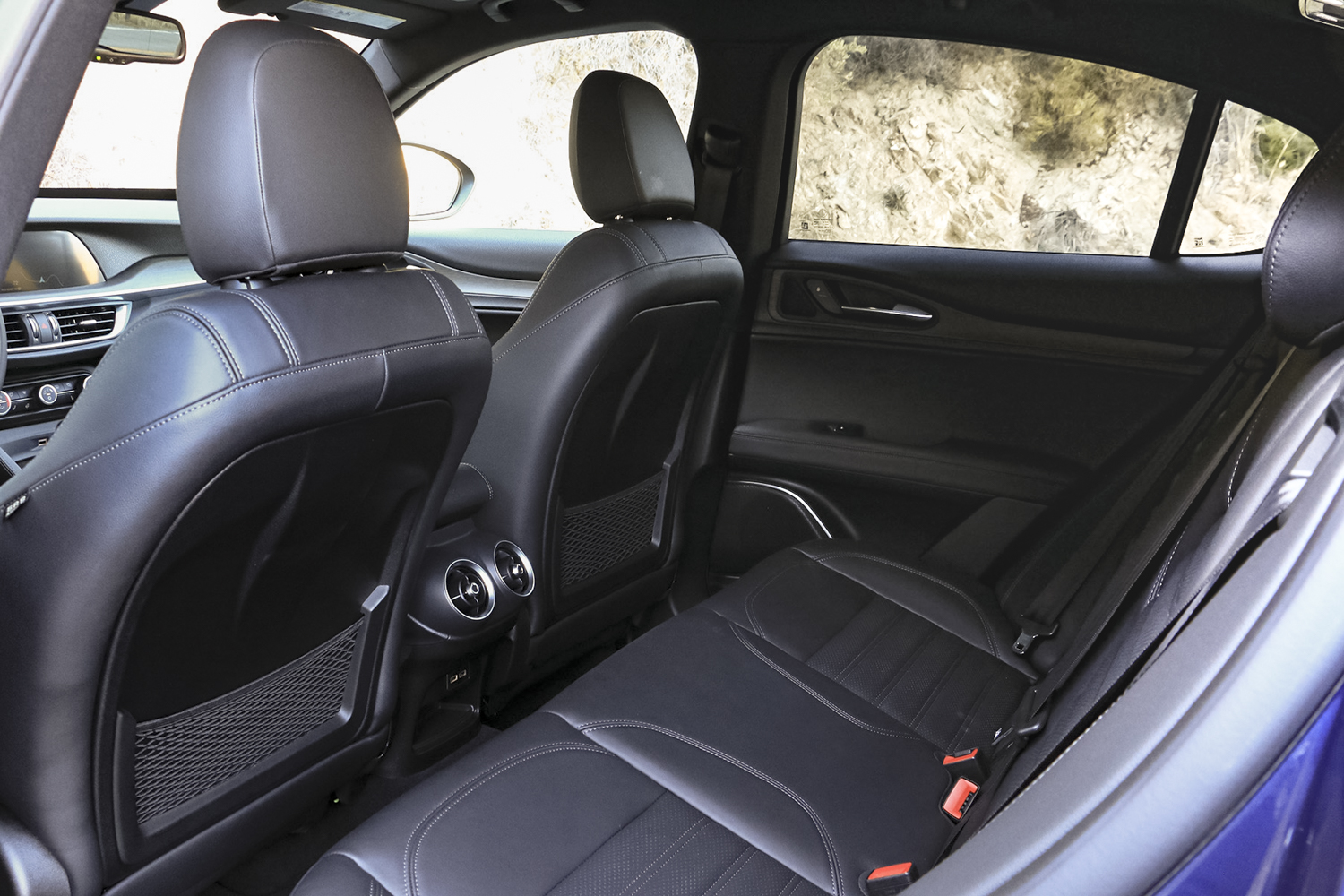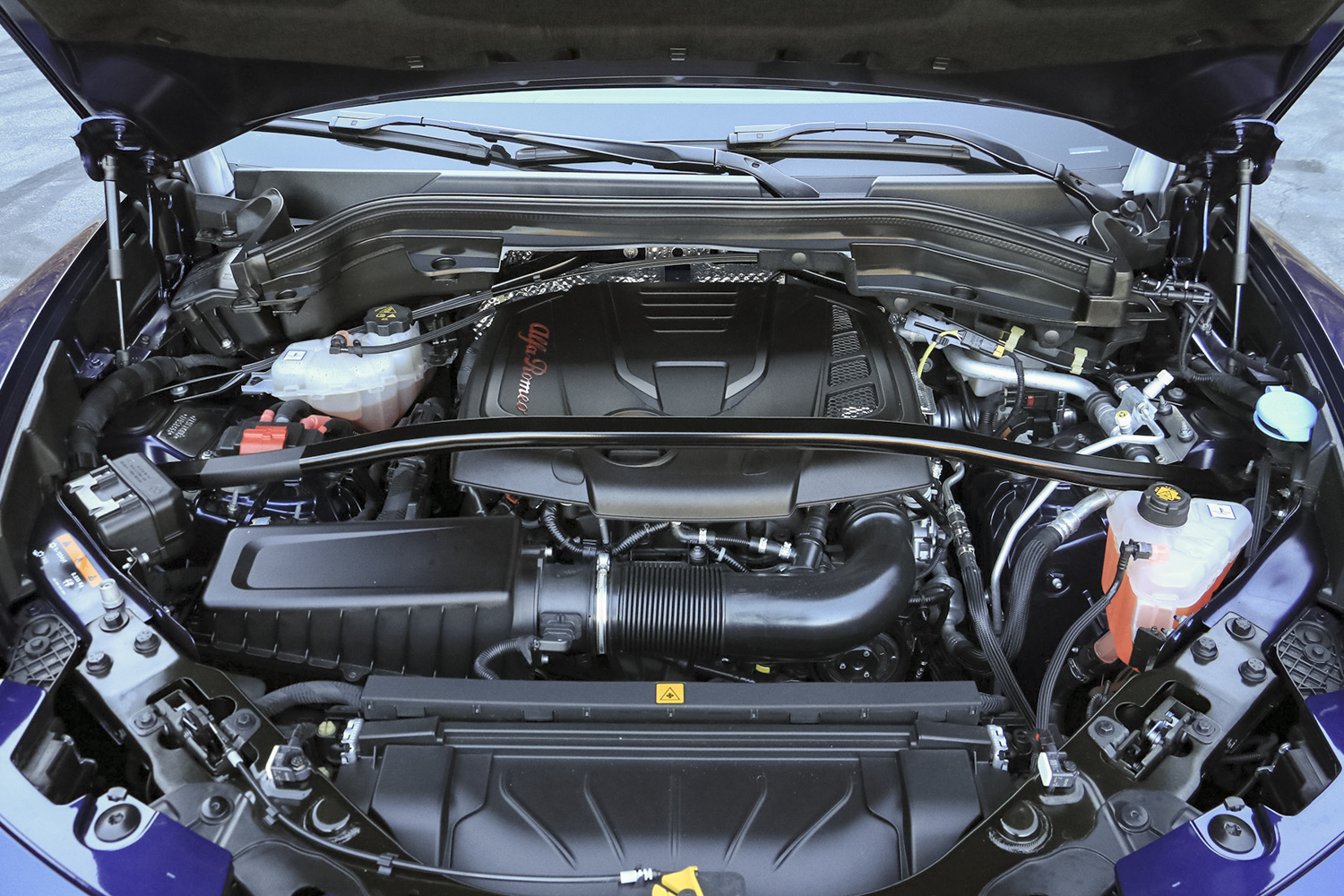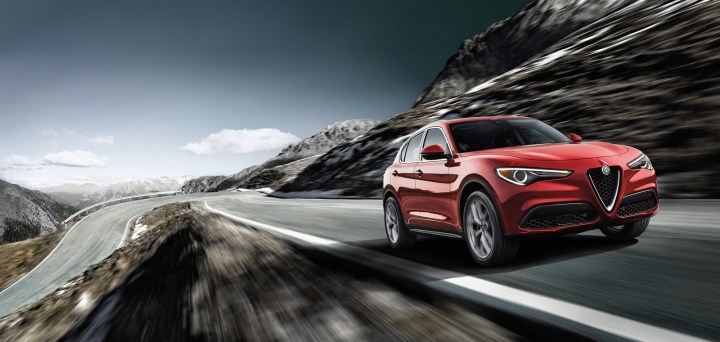
Although Alfa Romeo technically initiated its North American reintroduction with the exotic, and limited production 8C in 2008, followed by the low-volume 4C sports coupe and roadster, it’s high-volume cars like the Giulia sedan that truly determine the automaker’s success. But even today, making an extremely competitive luxury sports sedan — which also happened to win the latest MotorTrend’s Car of the Year award — still isn’t enough to guarantee Alfa Romeo’s stay. The solution: Expand its lineup to take advantage of the still hot and popular crossover SUV craze, which they started with the current Stelvio.
According to a recent discussion with one of Alfa Romeo’s bosses, chief technical officer, Roberto Fedeli, Auto Express learned that Alfa Romeo is working on a new full-size SUV, albeit one that will also help introduce electrification to Alfa’s lineup. Instead of being a full-fledged SUV, however, the new model is said to utilize a new performance-biased, mild hybrid setup with at least 400 horsepower on reserve.
The new SUV will take its general structure and backbone from the latest Stelvio compact SUV and is destined to be the largest Alfa Romeo ever produced in its entire history.
“The Stelvio for sure is an example of Alfa DNA, why don’t we translate that in a car which is a little bit bigger,” Fedeli told the outlet.
“We have to marry the new car with the right level of electrification. Plug-in hybrid could be a problem for the Alfa DNA point of view, but for instance a 48-volt mild hybrid solution is something that we can do without losing anything,” he continued.
Furthermore, the new SUV might gain up to 200 additional kilograms – or 441 pounds – but the aim for 400 horses should make up for the extra heft, which is simply partly attributed to the new SUV’s hike in dimensions. The power is expected to come form a new 2.0-liter four-cylinder with an electrically-powered 48-volt e-turbo.
With Alfa prioritizing SUVs for its lineup, it serves as an opportunity for the company to gain greater market share and larger profits. We can’t blame them, given how popular crossover SUVs still are around the world. And should Alfa succeed with its future SUV, that typically means it will have more money to produce more amazing cars like the 4C and the Giulia Quadrifoglio.
Fedeli did say the new SUV is still at least two years away. But upon launch, it will offer seating for up to seven passengers, which means it has competitors like the Audi Q7 and Volvo XC90 right in its sights.
Editors' Recommendations
- Alfa Romeo Tonale kicks off a tech-centric ‘metamorphosis’
- Mercedes-Benz GLE SUV tries to balance power and efficiency with mild-hybrid V8
- Ford gears up to build rugged, capable hybrid trucks and SUVs
